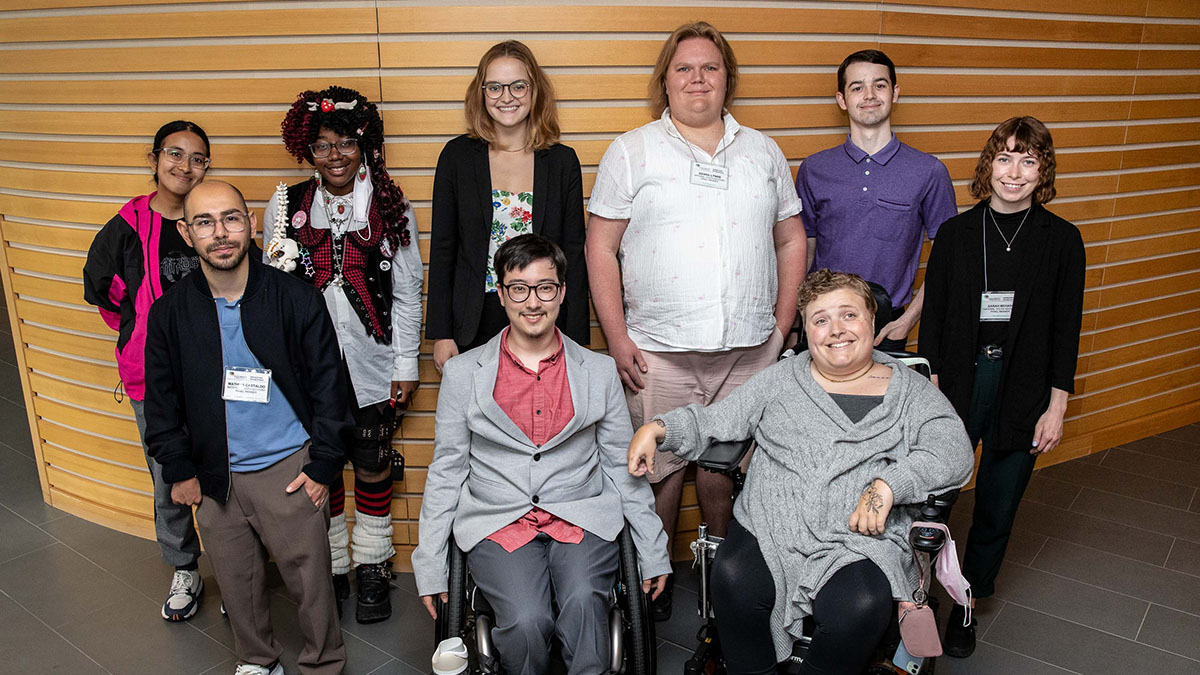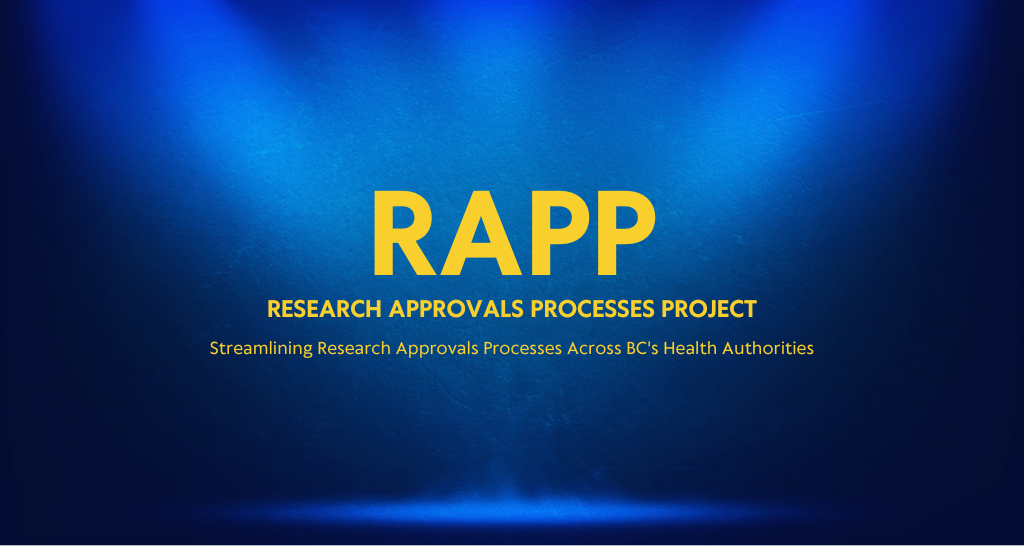BC groups advance patient leadership in health research
17 October 2023

At the CHILD-BRIGHT Network, youth with brain-based disabilities between the ages of 16-29 form a National Youth Advisory Panel. They inform the work of the network and provide consultation services to childhood disability researchers across Canada. Image used with permission from: CHILD-BRIGHT Network.
Five organizations are collaborating to support a provincial health research system that prioritizes the needs of BC’s patients and caregivers. These organizations engage patients in health research and span diverse health areas, including chronic kidney disease, childhood brain-based developmental disabilities, primary care and health data.
Patients know what’s most important to them when they are receiving health services. When health systems listen to and act on patients’ needs, they deliver better care. That’s why patient perspectives and lived experiences are vital to improving health research and care for people in BC.
“Patients are the experts when it comes to their own health,” says Dr. Stirling Bryan, chief scientific officer of Michael Smith Health Research BC. “I’m grateful for our collaborators that champion patient perspectives and leadership in health research. With our collaborators, we help put evidence developed with patients into practice across BC.”
The five organizations are:
- BC SUPPORT Unit
- Canadians Seeking Solutions and Innovations to Overcome Chronic Kidney Disease
- CHILD-BRIGHT Network
- Canadian Primary Care Research Network
- Health Data Research Network Canada
Each organization engages patients in research, which is made possible in part by funding from the federal government under Canada’s Strategy for Patient-Oriented Research. Together, this collaboration supports patients to take a leading role in shaping health research that affects them.
When patients and caregivers engage in research, they can shape which health topics are explored, how research studies are done and how results are shared. Their lived experiences can better inform how to carry out research and provide care.
Over the years, patient partners have shaped each organization and health research in diverse ways.
Some patient partners help make decisions by joining or leading councils, committees, working groups or programs. Others give feedback on research projects, act as peer reviewers, or co-design projects. Some deliver training initiatives, provide mentorship, or advise on equity, diversity and inclusion. Overall, patient partners play a vital role in building relationships between researchers and their various communities.
One patient partner, Mathias Castaldo, shares why it’s important to engage patients in research. Mathias is a youth leader with the CHILD-BRIGHT National Youth Advisory Panel, where youth with brain-based developmental disabilities can inform health research through the organization’s work.
“Involving youth with disabilities in research helps create a foundation for engaging patient partners,” says Mathias. “It also helps to inform researchers and ensures that their research outcomes have an effective impact on the population that they are working with.”
Patients are transforming health research in all parts of Canada. Patient-oriented research is stronger thanks to this collaboration. By sharing resources, learning from each other’s best practices, and elevating each other’s work, these organizations are supporting patient needs and experiences. Working together will help leverage public funding, maximize impact and make lasting changes in the health research system.
Quick facts:
- The five organizations are supported in part by federal funding from the Canadian Institutes of Health Research (CIHR) as part of the Strategy for Patient-Oriented Research (SPOR).
- SPOR is a pan-Canadian initiative dedicated to integrating the voices of patients in research and health care.
How patient partners at each organization are transforming the way health research is done:
|
Quotes:Dr. Adeera Levin, co-principal investigator, Can-SOLVE CKD Network – “Working with patients has enriched our network in so many different ways that we could not have anticipated. Patient partners are not merely participants — they have been true partners in designing and implementing our work. They ask questions that challenge our usual modes of thinking. Most importantly, patient partners have helped us to prioritize what is most important to them through their wealth of lived experience.”
Dr. Annette Majnemer, CHILD-BRIGHT nominated principal investigator and scientific co-director – “The leadership by our patient partners and ongoing conversations with them has fostered constant critical reflection. It ensures that the CHILD-BRIGHT Network continues to question and assess deeply held assumptions about how we carry out our research and what should be prioritized, how we mobilize knowledge to different people, and how we consider principles of equity, diversity, inclusion and accessibility in our research efforts. Our patient partners have greatly enhanced the quality of our research and its current relevance to Canadian citizens.”
Haley Mathews, patient engagement lead and research network manager, CPCRN – “Working with patient partners continually surprises me in a wonderful way. I think that is both the point and the greatest strength of working with them. Often, patient partners are expert navigators of the healthcare system, and they promote disruption and change of the system through their involvement in research projects. They bring a new and distinct perspective, they ask questions, and they make insights that I haven’t considered. They enrich my workplace and the projects we work on, by showing up and talking. This is not something that everyone can do.”
Julia Burt, public engagement operational lead, HDRN Canada – “Working with patients and members of the public, through our public advisory council and beyond, has been and continues to be a gratifying experience. The passion and dedication that patient partners have in improving health data practices — and ultimately the health care system — never ceases to amaze me, and I consider myself lucky to work with people who have such a wide range of perspectives, backgrounds, and lived experiences.” |





